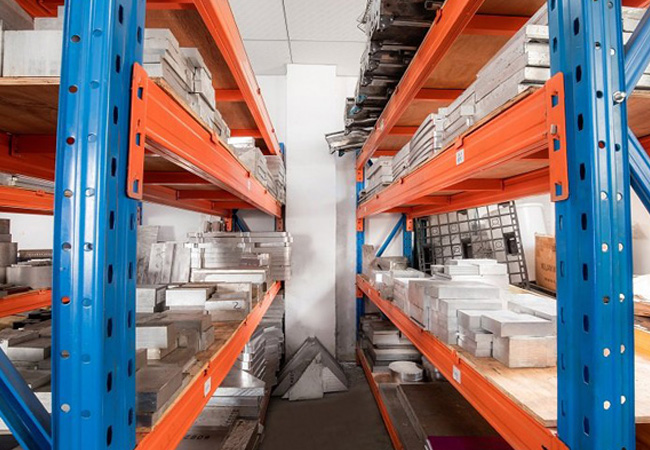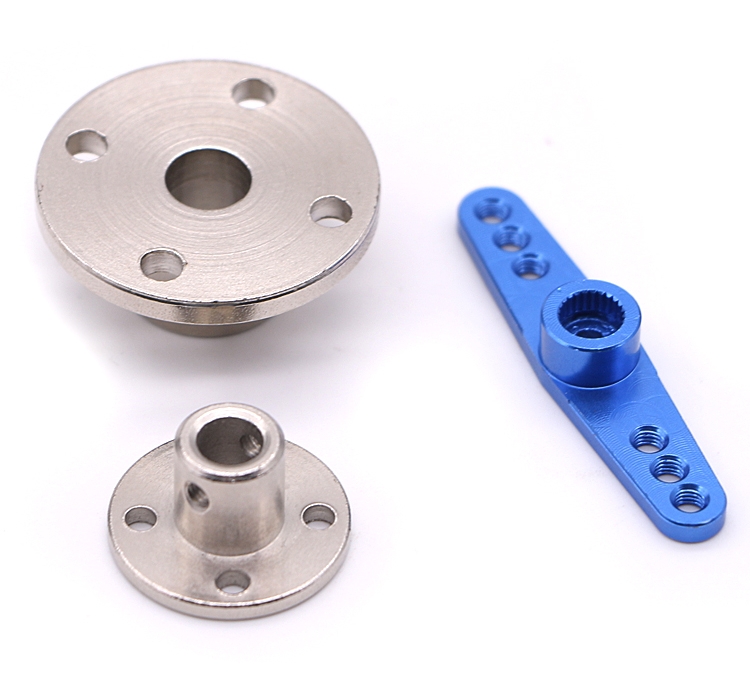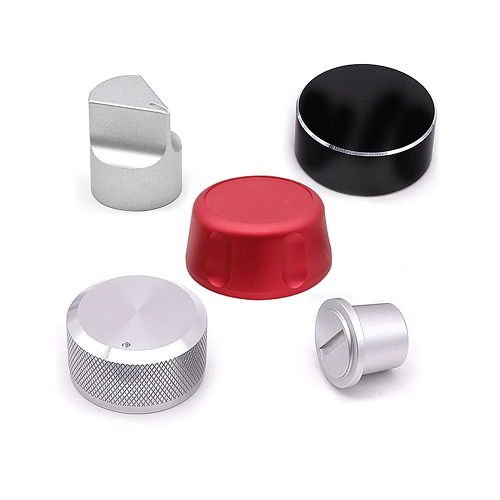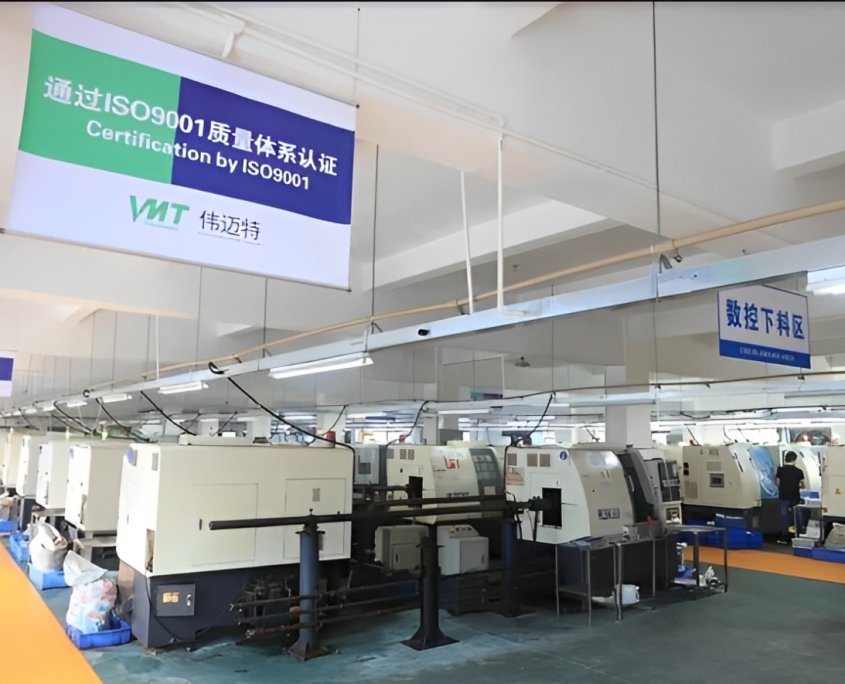Is it Aluminum or Aluminium? -A Comprehensive Guide
Aluminum is everywhere, from aerospace components to CNC machined automotive parts. But if you’re communicating internationally, especially in the CNC machining world, you’ve likely noticed something peculiar: British engineers and manufacturers call it aluminium, while Americans stick with aluminum.
This spelling discrepancy isn’t just a matter of dialect. It is also a reflection of the metal’s history, its naming evolution, and regional language standards. Understanding these differences can help CNC suppliers, clients, and engineers communicate clearly across markets.
The Origins of the Element’s Name
The naming journey of aluminum, or aluminium, dates back to the early 19th century. British chemist Sir Humphry Davy first proposed the name “alumium,” inspired by “alum,” a substance containing aluminum sulfate that was commonly known and used in ancient times for dyeing and tanning. Davy later revised the name to “aluminum,” aiming for a more polished form. However, British scientists eventually modified it again to “aluminium” to align with the convention of ending element names with the “-ium” suffix, similar to sodium, potassium, and magnesium. This change reflected a desire for consistency in the nomenclature of elements.
In the United States, Davy’s earlier version, “aluminum,” gained traction, partly due to the simplification trends in American English during the 19th century. It became widely accepted in scientific, industrial, and everyday use, particularly as aluminum began to play a significant role in manufacturing and technology. By the early 20th century, “aluminum” had become the standard spelling in the U.S., while “aluminium” remained dominant in the United Kingdom and Commonwealth countries.

Today, both spellings are recognized and technically correct, though their use typically depends on regional language standards. “Aluminium” is used in most British and international contexts, while “aluminum” is preferred in American English. Understanding this history can help professionals navigate communication nuances in global industries such as CNC machining, aerospace, and materials science.
Is There a Chemical Difference Between Aluminum and Aluminium?
No, there is no chemical difference between aluminum and aluminium. Both terms refer to the same element with the atomic number 13 on the periodic table. The distinction lies solely in regional spelling and language preferences, not in chemical composition or properties.
Aluminum/aluminium is a lightweight, silvery-white metal known for its excellent strength-to-weight ratio, corrosion resistance, and high thermal and electrical conductivity. These properties make it an essential material in industries like aerospace, automotive, construction, and electronics, regardless of whether it is referred to as “aluminum” or “aluminium.”
The use of different spellings does not affect the metal’s atomic structure, physical properties, or its alloys. For instance, an aluminum alloy used in American-made aircraft is chemically identical to an aluminium alloy used in British-manufactured planes.
Thus, the choice between “aluminum” and “aluminium” is purely linguistic and cultural, with no implications for the element’s chemical identity or industrial applications.

Aluminum vs. Aluminium
From aerospace to automotive industries, CNC-machined parts made of aluminum are prized for their lightweight strength and corrosion resistance. Whether you call it aluminum or aluminium, its applications remain the same. However, clarity in terminology is essential in the world of technical drawings, CAD files, and international procurement.
Regional Usage of Aluminum vs. Aluminium
| Region | Preferred Spelling | Pronunciation Guide |
|---|---|---|
| United States | Aluminum | how to pronounce aluminum |
| United Kingdom | Aluminium | how to pronounce aluminium |
| Canada | Both (contextual) | Regional variants |
| Australia | Aluminium | British pronunciation |
| India | Aluminium | British pronunciation |
Fun Facts and Trivia About Aluminum/Aluminium
Aluminum, or aluminium, is more than just a common metal. Its fascinating history, unique properties, and widespread applications have made it an integral part of human innovation. Below are some intriguing facts and trivia about this remarkable element.
1. The Most Abundant Metal in the Earth’s Crust
Aluminum accounts for about 8% of the Earth’s crust, making it the most abundant metallic element. Despite this, it is rarely found in pure form due to its high reactivity, and it is mainly extracted from bauxite ore.
2. Once Considered More Precious Than Gold
In the 19th century, before the invention of efficient extraction methods, aluminum was considered more valuable than gold. Napoleon III famously reserved aluminum utensils for his esteemed guests, while others dined with gold or silver.
3. The Hall-Héroult Process Revolutionized Production
The Hall-Héroult process, invented in 1886, transformed aluminum from a precious metal into an affordable industrial material. This electrolytic method is still used today to extract aluminum from bauxite.

4. Used in the Wright Brothers’ First Airplane
The Wright brothers chose aluminum for their first airplane’s engine in 1903 due to its lightweight and durable properties, paving the way for its extensive use in modern aviation.
5. The Recyclable Metal
Aluminum is infinitely recyclable without losing its quality. Recycling it saves up to 95% of the energy required for primary production, making it a champion in sustainable materials.
Start Your CNC Machining Aluminum Projects at VMT
At VMT, we offer CNC machining services for a wide range of aluminum and aluminium alloys. Whether you need precision-milled 7075-T6 parts or custom-turned aluminum heat sinks, our engineers understand the specs and the spelling.
We serve clients globally, including those in the US, UK, and EU markets. If you’ve ever asked, “how do you pronounce aluminum” or wondered about the difference between aluminium and aluminum, rest assured — the only difference that matters at VMT is the tolerance.

In Conclusion
Aluminum and aluminium are the same element with distinct regional names. Understanding their history and usage ensures clear communication. Choose the spelling that aligns with your audience and regional conventions.
More Resources:
CNC Machining Methods, Materials, And Advantages Of Aluminum Parts
Is Aluminium Magnetic? A Comprehensive Guide
Melting Point of Aluminum: CNC Machining Material Guide
Why Choose Aluminum Material For CNC Machining?
Frequently Asked Questions
Which came first, aluminum or aluminium?
Aluminum came first. The British chemist Sir Humphry Davy originally named the element alumium in 1807, then changed it to aluminum. Later, British scientists modified it to aluminium to match other element names ending in “-ium.” So while aluminum was the first used, aluminium gained popularity in British English and scientific communities.
Is it aluminum or aluminium on the periodic table?
Internationally, the periodic table uses aluminium, following IUPAC standards. However, in the United States, aluminum is the official spelling. Both refer to the same element, symbolized as Al with atomic number 13. So it depends on the country — aluminium for the UK and IUPAC, aluminum for the US.



